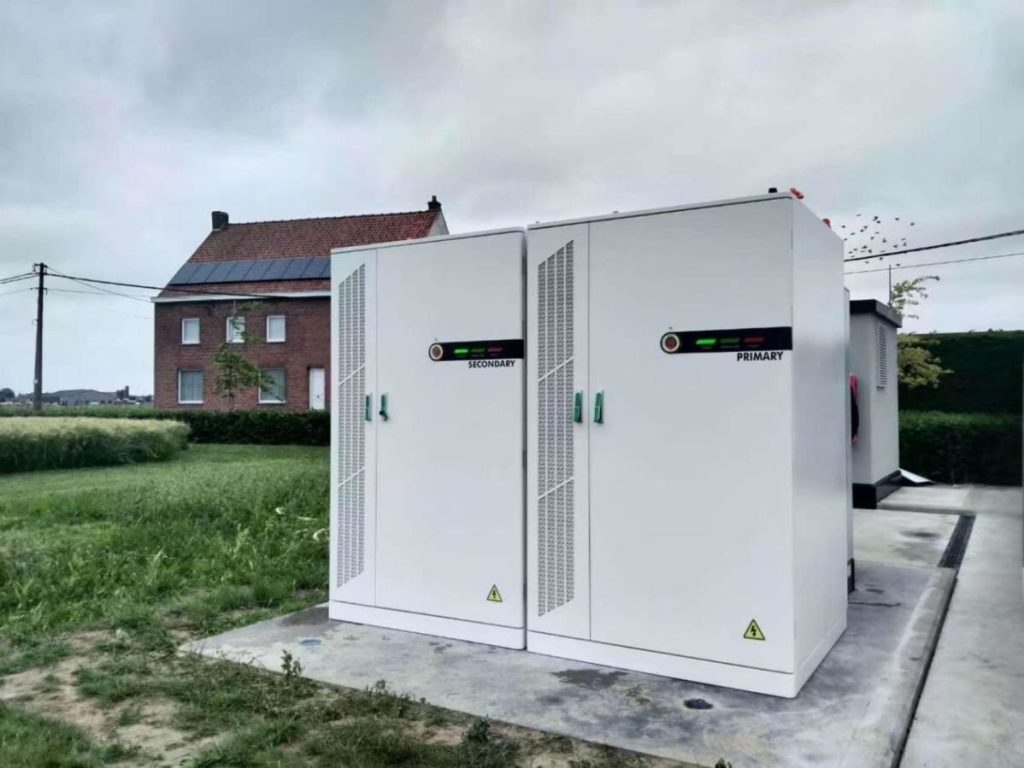In the Benelux region, where electricity price volatility and PV underutilization are challenging the commercial and industrial (C&I) sectors, HUAZHI ENERGY has deployed a 250 kW/558 kWh storage solution that could test the limits of modular, AI-optimized battery systems.
The C&I energy storage market in Europe is projected to grow at a CAGR of over 20% through 2030, driven by decentralized energy demand, grid constraints, and price arbitrage opportunities. Amidst this, Chinese manufacturer HUAZHI ENERGY has launched a pilot project in the Benelux region—a high-pressure environment due to intermittent solar generation and rapidly fluctuating energy demand from sectors like agriculture. The question now is whether this modest 250 kW/558 kWh installation can provide scalable answers to structural energy market issues.
Installed on an agricultural site facing erratic energy loads and poor PV utilization, the EnerBox solution is positioned as a behind-the-meter asset optimized for both energy cost reduction and grid service revenues. By integrating real-time control (RTC) and a site-specific energy management system (EMS), the system can shift battery usage according to dynamic pricing signals—including charging during negative wholesale market prices and discharging at price peaks.
Such energy arbitrage opportunities are real: in countries like Belgium and the Netherlands, negative day-ahead or intra-day prices have become increasingly frequent, especially during high PV output periods. HUAZHI’s EMS reportedly incorporates AI forecasting to enhance battery cycling strategies, but the performance data has not yet been disclosed, and the accuracy of real-time optimization in volatile pricing environments remains a point for further scrutiny.
The EnerBox’s modular architecture—with cabinet capacities ranging from 232 kWh to 279 kWh—positions it as a potentially flexible option for smaller or distributed C&I installations. Units are designed for parallel connection, enabling system scaling without requiring heavy civil engineering.
Yet this design trade-off also limits the per-unit power capacity. While modularity reduces CAPEX and deployment time, it may struggle in markets where full participation in grid balancing services like aFRR and FCR demands faster response and higher aggregated capacity. HUAZHI’s own power conversion system (PCS-125K/EU) supports such services, boasting a millisecond-level response time and an IP65 rating. However, frequency regulation markets in Europe are increasingly competitive, and front-of-meter aggregators tend to favour larger installations with proven availability and track records.
HUAZHI points to its growing European presence and localized service offerings as differentiators. But in practice, European market entry has proven difficult for several Chinese battery firms, particularly on the C&I side, where regulatory alignment, warranty expectations, and after-sales support are crucial.
Moreover, the C&I segment is fragmented—unlike utility-scale storage, it lacks central procurement, requiring vendor familiarity and customization at the site level. While HUAZHI’s quick-installation approach and weather-resistant hardware (IP55&C4 rated, functional in -30 °C to 50 °C) might appeal to end-users in harsh climates, building trust within decentralized energy procurement ecosystems across Europe demands more than just product robustness.
Stay updated on the latest in energy! Follow us on LinkedIn, Facebook, and X for real-time news and insights. Don’t miss out on exclusive interviews and webinars—subscribe to our YouTube channel today! Join our community and be part of the conversation shaping the future of energy.
